Fritillaria imperialis ‘Lutea’: Embrace the Majesty of Kaiser’s Crown
Fritillaria imperialis ‘Lutea’, also known as Crown Imperial ‘Lutea’, Imperial Fritilliary, or Kaiser’s Crown, is a bulbous perennial that belongs to the Liliaceae family. This family encompasses various lily species and includes some of the most stunning flowering plants. Fritillaria imperialis ‘Lutea’ is a clump-forming plant renowned for its majestic presence and vibrant blooms.
Characteristics and Growth Habits: Fritillaria imperialis ‘Lutea’ stands tall at approximately 90cm or 3ft, with most of its height attributed to the erect stems adorned with captivating flowers. Native to a vast region stretching from the Anatolian plateau to the Himalayan range, this plant boasts whorls of glossy green, lance-shaped leaves that add to its ornamental appeal. In late spring or early summer, Fritillaria imperialis ‘Lutea’ graces the garden with its bright yellow, bell-shaped flowers. These stunning blooms hang delicately from the tall stems, their beauty accentuated by leaf-like bracts crowning the top.
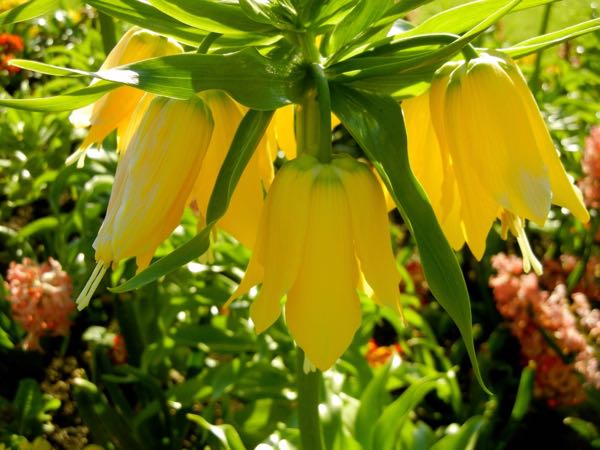
How to grow Fritillaria imperialis ‘Lutea’:
To successfully cultivate Fritillaria imperialis ‘Lutea’ and witness its regal beauty, follow these essential tips:
Light Requirements: Plant your Crown Imperial ‘Lutea’ in a location that receives full sun or partial shade. This plant can adapt to different light conditions, allowing for versatile placement within your garden.
Soil and Drainage: Fritillaria imperialis ‘Lutea’ thrives in humus-rich and fertile soil with excellent drainage. Ensure the soil is well-drained to prevent waterlogging, which can be detrimental to the bulbs’ health. A depth of approximately 20cm or 8in is suitable for planting the bulbs.
Handling Bulbs: Take special care when handling the fragile bulbs of Fritillaria imperialis ‘Lutea’. Treat them gently to avoid any damage or bruising during planting.
Summer Requirements: This species prefers cooler summers, making it well-suited for temperate and cooler climate regions. Providing some shade or protection from intense heat can help maintain its vitality during warmer months.
Propagation: Fritillaria imperialis ‘Lutea’ can be propagated through division and offsets. Late summer, after the flowering period, is the ideal time to divide and replant the bulbs. This method allows you to expand your collection and enjoy the splendor of this majestic plant in various areas of your garden.
Maintenance and Pests: Fritillaria imperialis ‘Lutea’ is generally disease-free, making it a relatively low-maintenance plant. However, be vigilant for potential pests such as lily beetles and slugs. Monitor your plants regularly and take appropriate measures to protect them from these nuisances.
With its grand stature, captivating flowers, and vibrant presence, Fritillaria imperialis ‘Lutea’ brings an air of majesty to any garden or landscape. Its rich history and remarkable beauty make it a prized addition for plant enthusiasts seeking a touch of regality in their outdoor spaces.
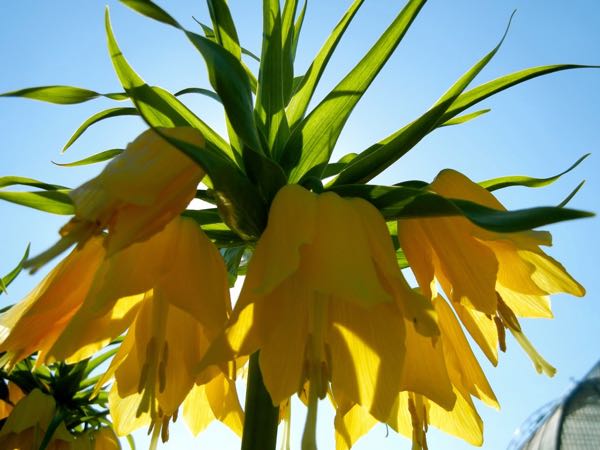

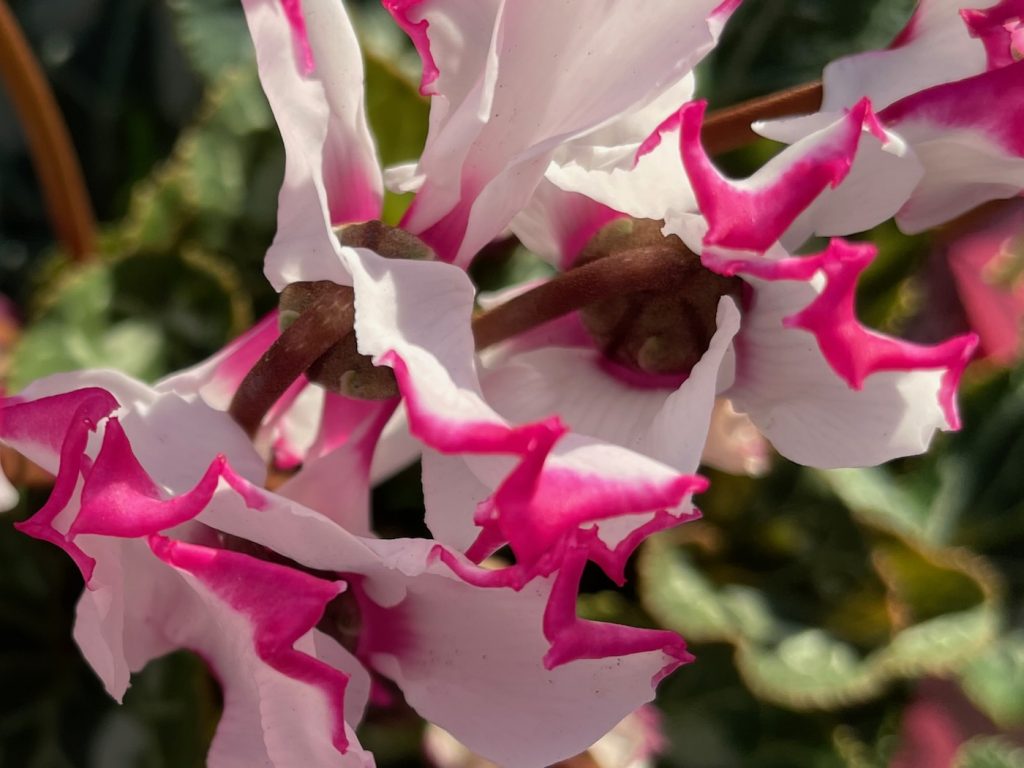
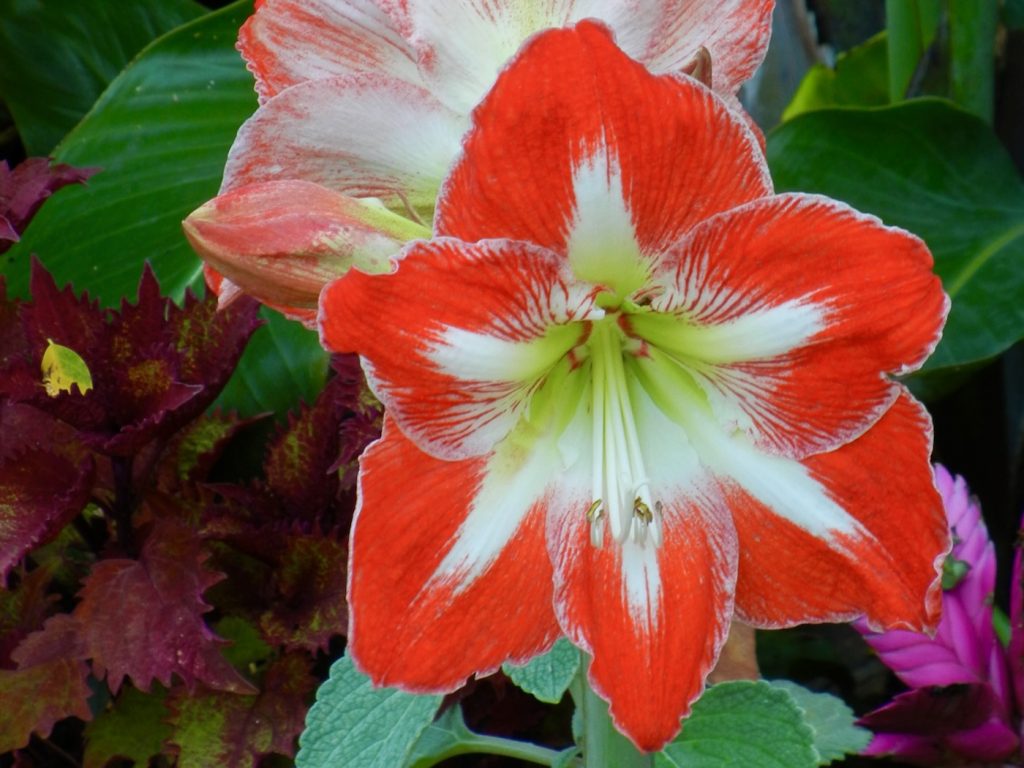
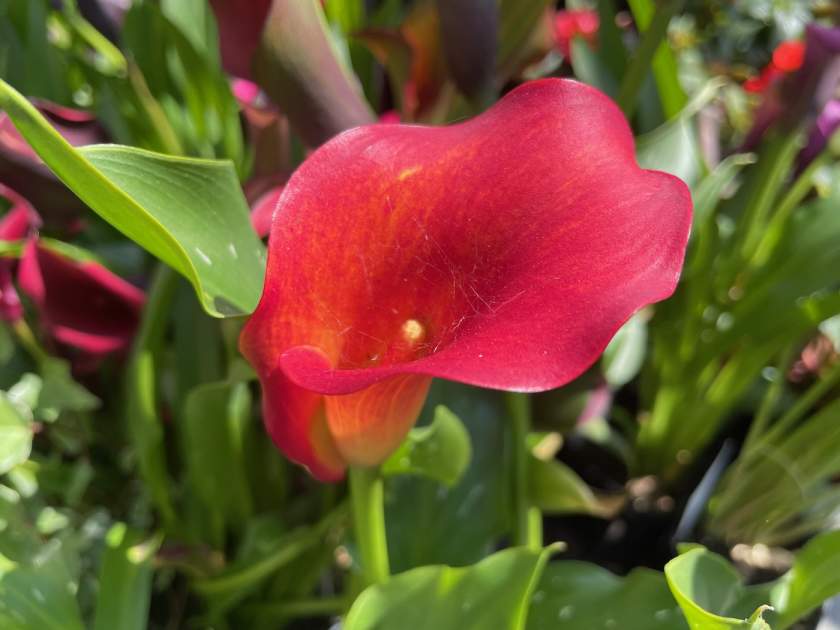
Hi, do sell fritrillaria bulbs.
We do not offer plants for sale. Our blog focuses on providing information about various plants and offering guidance on how to cultivate and care for them. Thank you for your inquiry.